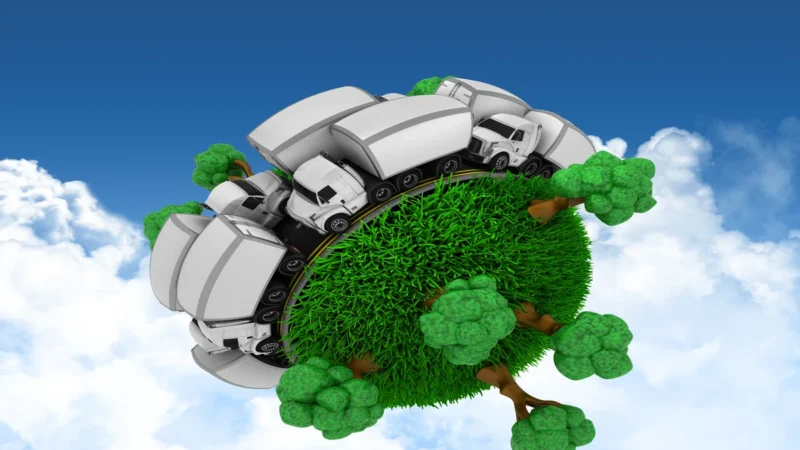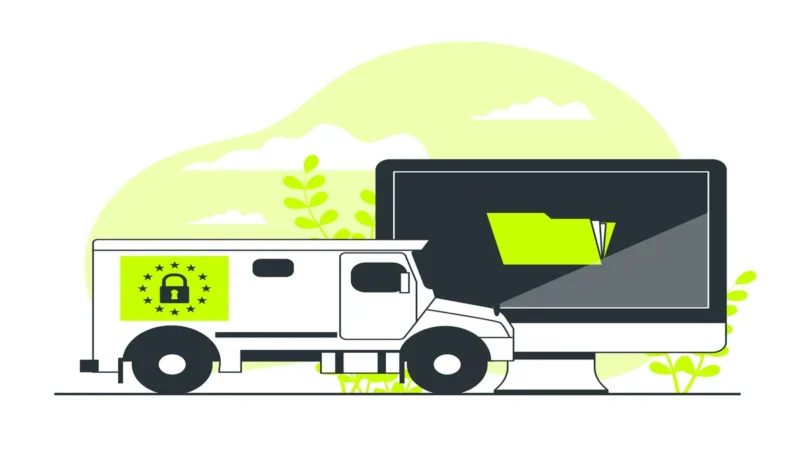Green Solutions for Freight: Strategies to Improve Sustainable Goods Movement

The freight sector plays a vital role in global trade, but it also contributes significantly to environmental pollution and climate change. However, there is growing awareness and urgency to transform this sector into a more sustainable one. In this article, we will explore strategies to green the freight industry, focusing on sustainable goods movement.
Efficient Route Planning and Optimization:
One of the key strategies to reduce emissions in the freight sector is efficient route planning and optimization. By utilizing advanced technology and data analysis, companies can identify the most fuel-efficient routes, reducing unnecessary mileage and emissions. Integrated traffic management systems and real-time monitoring can help optimize delivery schedules, ensuring faster and more efficient goods movement.
Modal Shift to Greener Options:
Encouraging a modal shift from road transport to more sustainable alternatives is crucial. Rail and waterways offer energy-efficient and low-carbon options for transporting goods over long distances. Promoting intermodal transportation, which combines multiple modes of transport seamlessly, can significantly reduce emissions. Additionally, the adoption of electric and hybrid vehicles for short-haul deliveries can further contribute to a greener freight sector.
Adoption of Clean Technologies:
Embracing clean technologies is essential for sustainable goods movement. The use of alternative fuels, such as biodiesel, natural gas, or hydrogen, can help reduce greenhouse gas emissions. Additionally, investing in electric vehicle infrastructure and promoting the use of electric trucks can lead to a significant reduction in carbon footprint. Autonomous technologies, including platooning and self-driving trucks, can also enhance fuel efficiency and reduce congestion on roads.
Collaboration and Sharing Economy:
Collaborative initiatives and sharing economy models can play a pivotal role in greening the freight sector. Consolidation centers and freight pooling allow multiple companies to share transportation resources, reducing empty miles and optimizing cargo loads. Cooperation among stakeholders, including shippers, carriers, and policymakers, is crucial to developing effective strategies and infrastructure for sustainable goods movement.
Sustainable Supply Chain Management:
Integrating sustainability principles into supply chain management practices can drive significant environmental improvements in the freight sector. Implementing green procurement policies, promoting eco-friendly packaging, and optimizing inventory management can reduce waste and carbon emissions. Additionally, the use of blockchain technology can enhance transparency and traceability, enabling better monitoring of environmental standards throughout the supply chain.
FAQs
Q: How can greening the freight sector benefit the environment?
A: Greening the freight sector can help reduce greenhouse gas emissions, air pollution, and dependence on fossil fuels. It contributes to mitigating climate change and improving air quality, leading to a healthier and more sustainable environment.
Q: What role can policymakers play in promoting sustainable goods movement?
A: Policymakers can support the transition to sustainable goods movement by implementing regulations and incentives. These can include promoting renewable energy, providing funding for clean technology adoption, and setting emission reduction targets for the freight industry.
Q: How does sustainable goods movement contribute to cost savings?
A: Strategies such as route optimization, modal shift, and collaboration can lead to cost savings for companies. By reducing fuel consumption, optimizing transportation resources, and minimizing waste, businesses can improve their bottom line while also benefiting the environment.
Reference Links :
Sustainable Freight Transportation: A Literature Review and Future Research Directions


